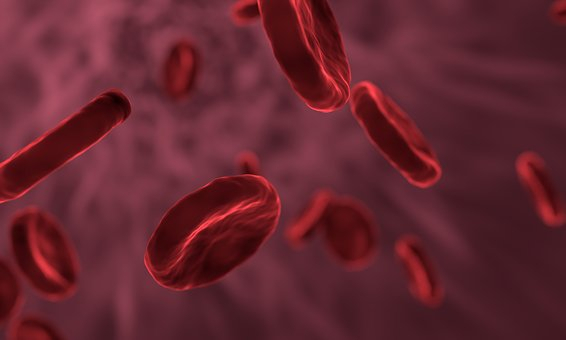
Scientists have discovered a new bacteria-killing toxin that can prove beneficial in combatting diseases infected by superbugs, a study has revealed. According to the new study, this growth inhibiting enzyme is injected by bacteria into rival bacteria to gain a competitive advantage.
A team of researchers led by author John Whitney, assistant professor of the Department of Biochemistry and Biomedical Sciences at McMaster University, and co-author Mike Laub, professor of biology at the Massachusetts Institute of Technology (MIT), explained that bacteria secreted antibacterial molecules when they came across a toxin, and the new toxin was an antibacterial enzyme that scientists had never seen before.
Whitney and Ahmad after determining the molecular structure of this toxin realized that it resembled enzymes that synthesized a well-known bacterial signaling molecule called (p)ppGpp, which helps bacteria survive under stressful conditions such as exposure to antibiotics. Ahmad stressed the 3-D structure of this toxin was at first puzzling because no known toxins looked like enzymes that made (p)ppGpp, and (p)ppGpp itself was not a toxin.
The authors earlier thought the toxin might kill bacteria by overproducing harmful quantities of (p)ppGpp. The findings published in the journal Nature suggested Boyuan Wang, a postdoctoral researcher in the Laub lab who specializes in (p)ppGpp signalling and examined the activity of the newly discovered enzyme, as concluding the toxin instead produced a poorly understood but related molecule called (p)ppApp, which is somehow harmful to bacteria.
The researchers found that the rapid production of (p)ppApp by this enzyme toxin depleted cells of a molecule called ATP -- the energy currency of the cell -- whose exhaustion killed pathogen Pseudomonas aeruginosa. "This discovery has potential implications for developing alternatives to antibiotics, a global priority in the fight against antimicrobial resistance," stressed Charu Kaushic, scientific director of the CIHR-III and a professor of pathology and molecular medicine at McMaster.
The research concluded that it would be exciting to see whether other examples of this toxin were found across the bacterial domain or perhaps even in bacterium–host interactions.









